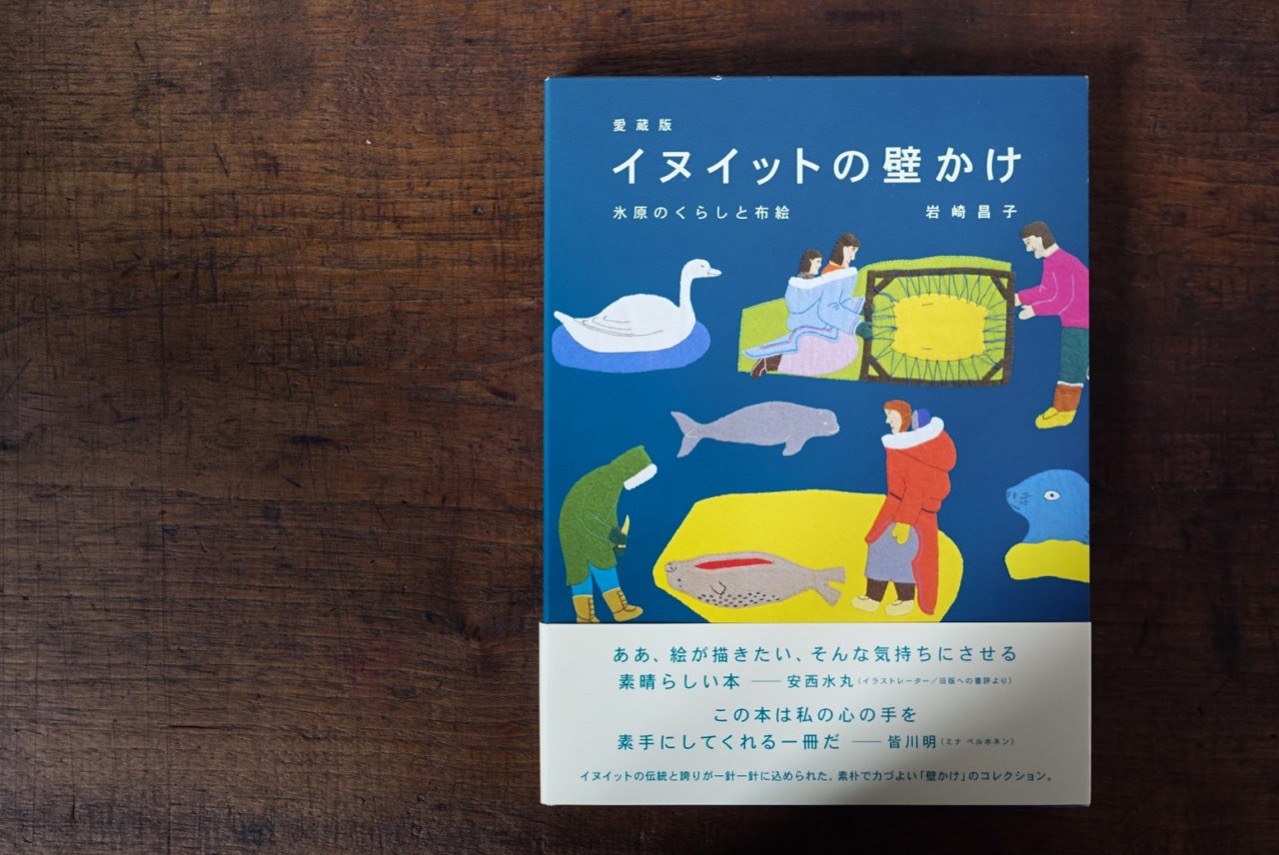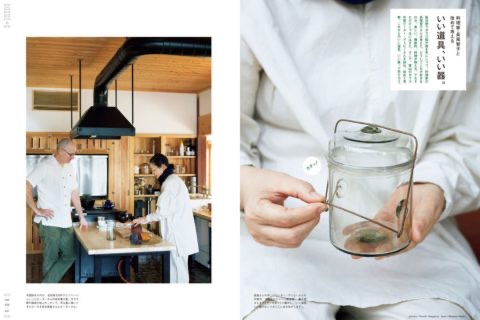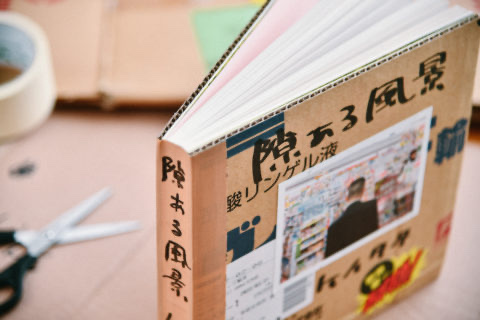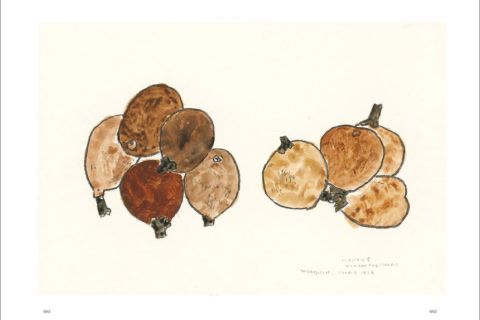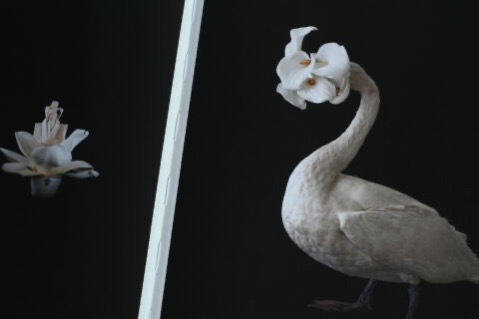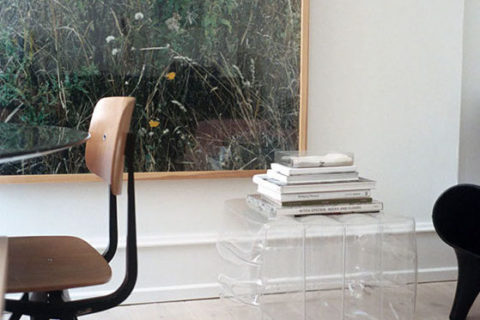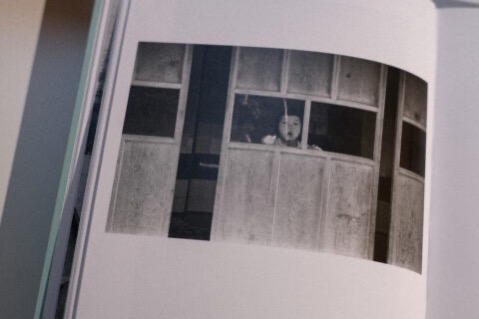
居於加拿大北部或美國阿拉斯加等地的因紐特人。當地冬長夏短,每年有三份二的時間,整天都沒有半點陽光,而在短暫的夏季裡,太陽則24小時均不會下沉。在這樣嚴峻的氣候之下,女性待在家裡留守,一針一線地將毛皮縫成大衣,以保護外出狩獵的丈夫。
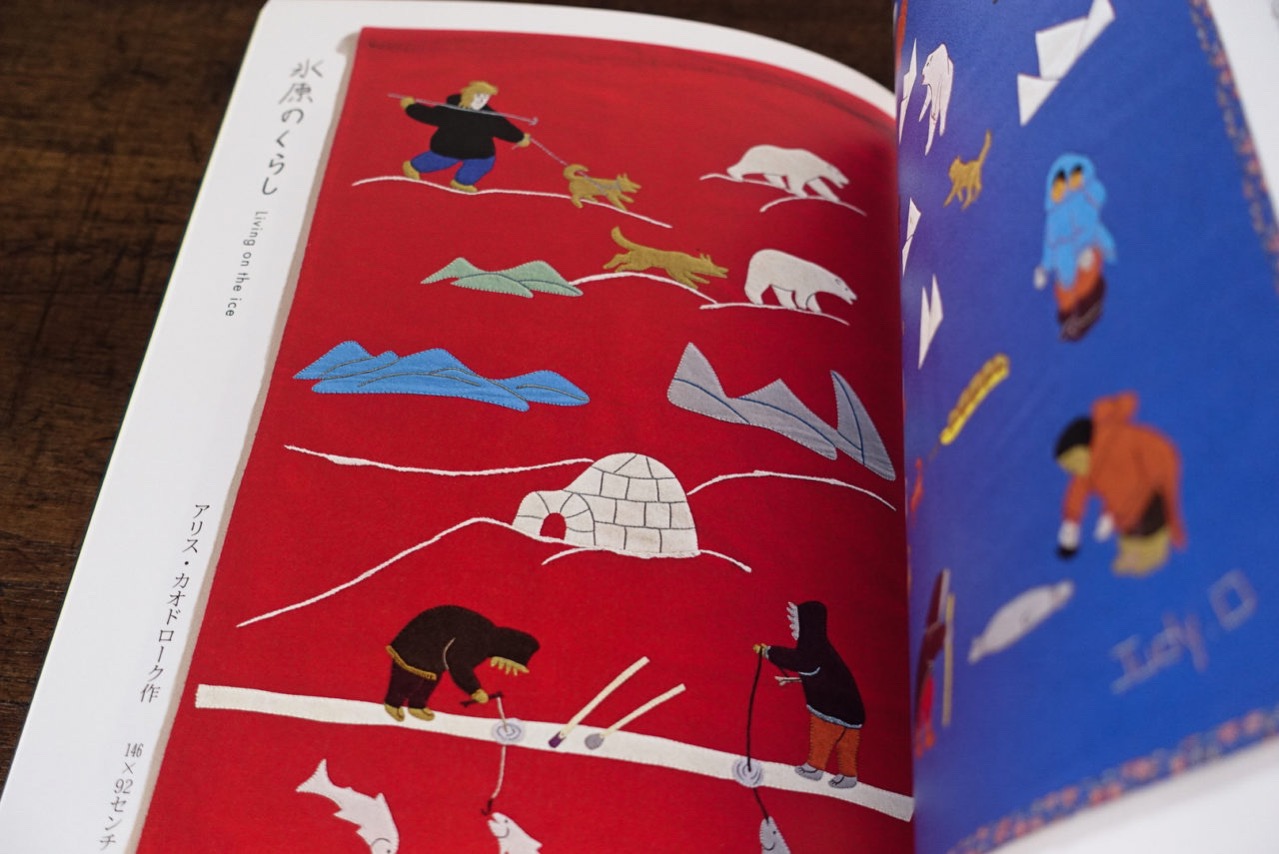
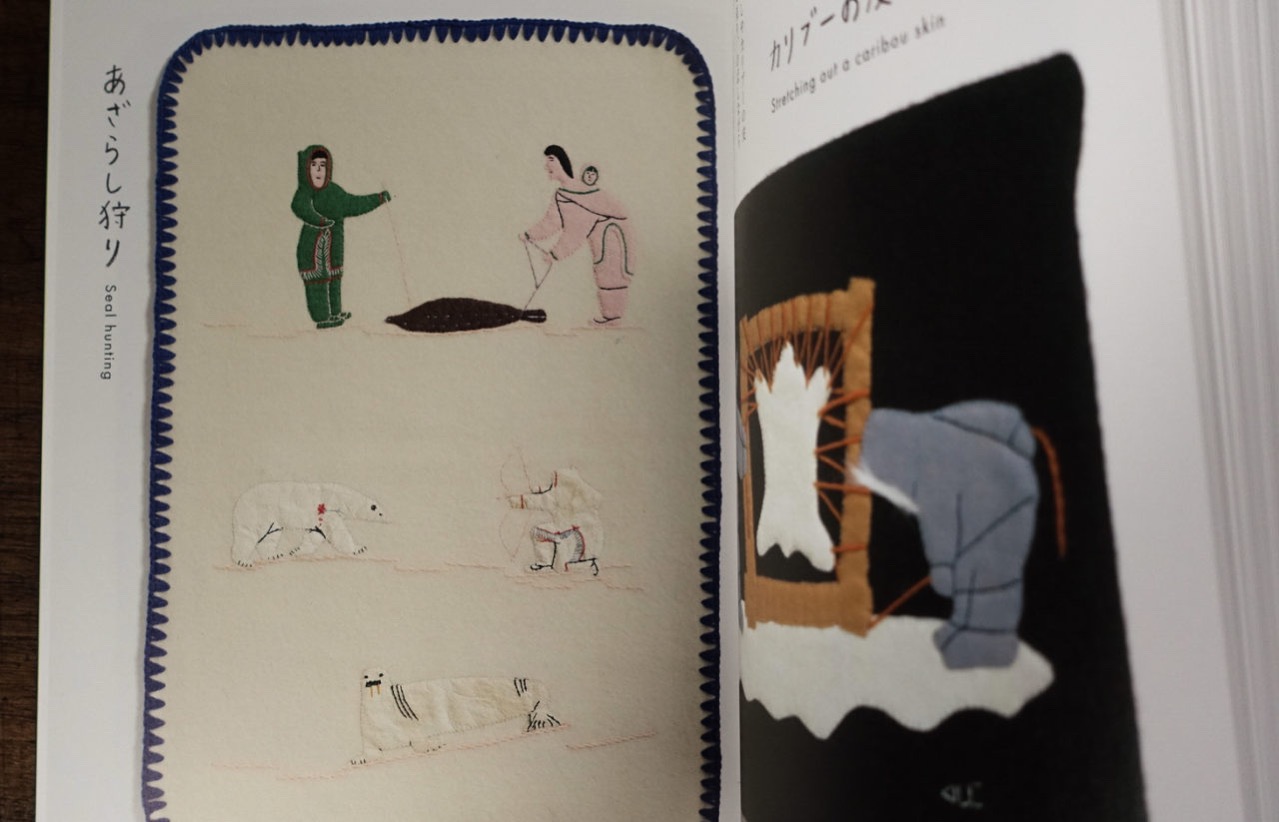
時代改變,因紐特人沒再使用毛皮,改用了色彩豐富的羊毛布。製作大衣的過程裡不免留下零碎的布料,於是用碎布製作的掛牆毯便誕生了。牆毯上的圖案刻畫了因紐特人的生活環境——於北極遇到的動物、狩獵的喜悅、冰屋、飛翔的鳥兒⋯⋯製作者並非專業的工匠或藝術家,作品卻因此有著純樸真誠的美感。
岩崎昌子於1970年代移居加拿大,於當地一家畫廊中遇到了因紐特人的掛牆毯,立時被這民族工藝深深吸引,並開始一塊一塊地收集,於2000年將自己的藏品編修成書《Inuit Wall Hangings》。因紐特人的生活隨著政治環境而不斷轉變,在書中,我們能夠窺見因紐特人過往獨特的生活狀況。
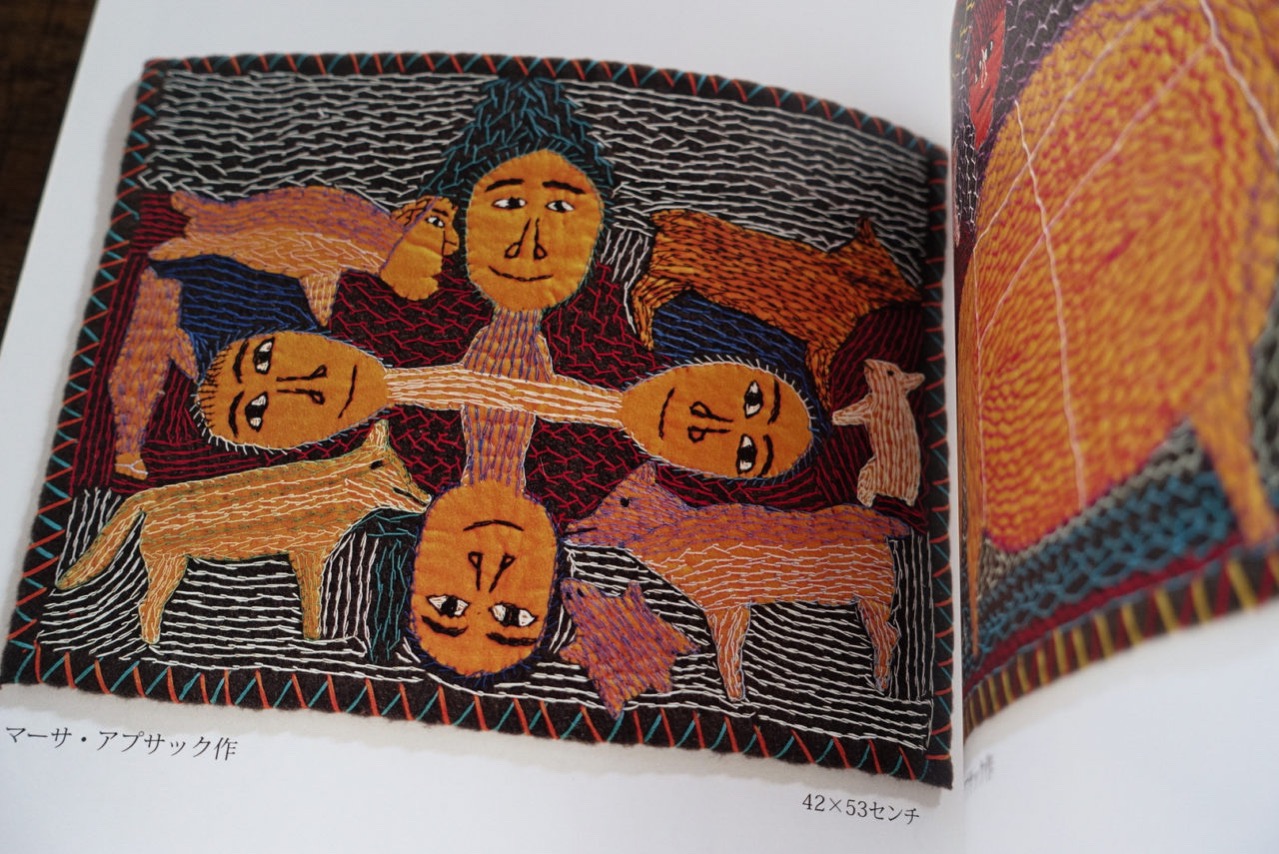
The Inuit is a collective name for the indigenous people inhabiting the Arctic regions including northern Canada and Alaska. These areas are characterized by long winters and short summers; around two-thirds of the year completely lacks sunshine, while during the short summertime, the sun shines for almost all day long. Under this extreme climate, female members of the household would stay home and hand-sew animal skin coat to protect their hunter husbands.
As time changes, the Inuit have replaced animal skins with colorful wool clothes. Scraps of fabric that are left in the making process of coats are then used to make wall hangings. The wall hangings depict the living environments of the Inuit, for instance, the animals living in the Arctic regions, the joy of hunting, the igloos, and the birds in the sky. Precisely because the works are not made by professional artisan or artist, they can manifest a pure and candid beauty.
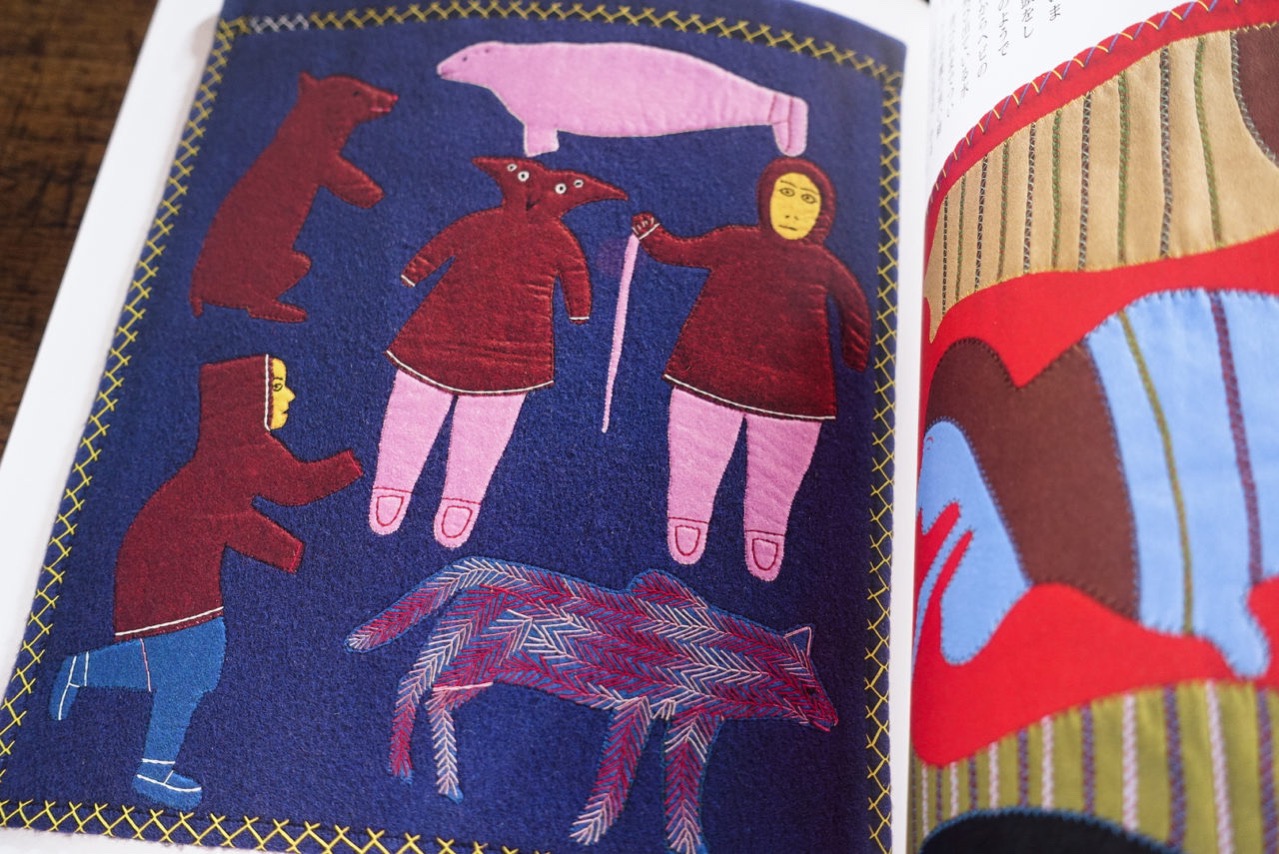
Masako Iwasaki migrated to Canada in 1970s. She was deeply attracted to the art of Inuit wall hangings at first sight when seeing them in a local gallery. She began to collect these wall hangings since then; in the year 2000, Iwasaki had her collection published in a book titled Inuit Wall Hangings. The Inuit constantly adjust their lifestyle to keep pace with the change of the political environment, the book allows readers to have a glimpse of the unique living condition of the Inuit in the older days.
